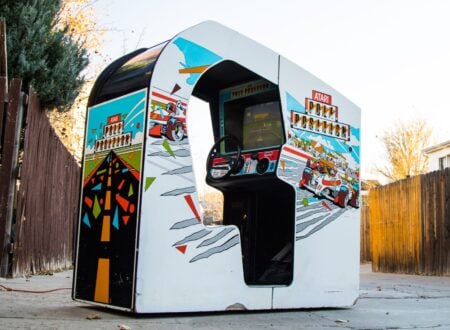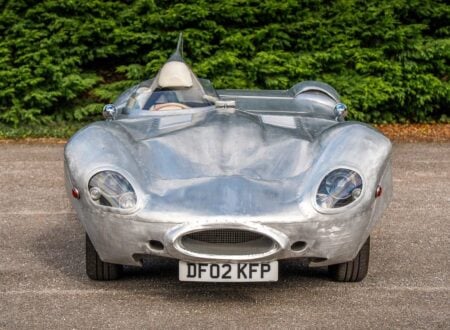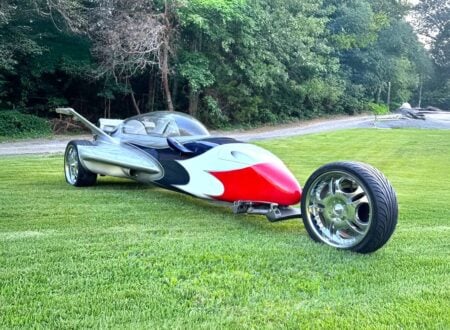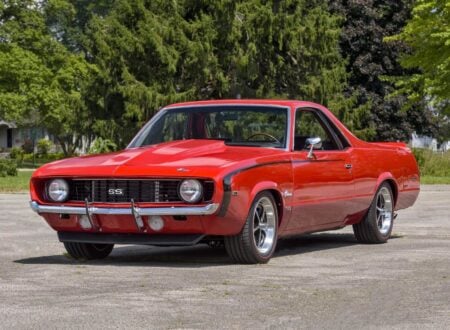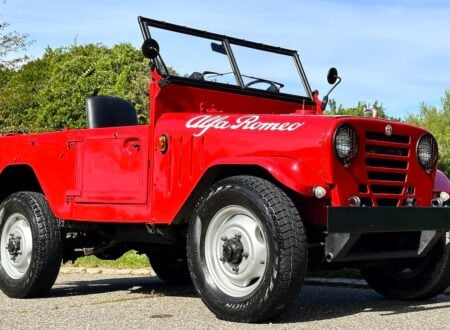This is a NSU Ro 80, one of the most futuristic production sedans to debut in the 1960s, with a Wankel rotary engine, an automatic clutch, front and rear disc brakes, independent front and rear suspension, and class leading aerodynamics.
The Ro 80 debuted in 1967, then promptly won Car of the Year for 1968. By the standards of the time it was a wildly futuristic design, and Felix Wankel (the inventor of the Wankel rotary engine) even owned one and used it for daily transportation.
Fast Facts: The NSU Ro 80
- This NSU Ro 80 listing presents a forward-looking executive sedan powered by a twin-rotor Wankel engine paired with a vacuum-operated semi-automatic clutch system. It introduced features uncommon in the late 1960s, including four-wheel disc brakes, independent suspension, and aerodynamic bodywork developed under designer Claus Luthe.
- The model debuted in 1967 and quickly earned Car of the Year for 1968, helped by its smooth rotary power delivery, clean styling, and refined ride. Large glass areas, thin pillars, inboard front discs, and a front-wheel-drive layout contributed to a driving experience that felt far ahead of most European sedans of the era.
- Early production cars became known for severe apex-seal wear that caused repeated warranty engine replacements and placed heavy strain on NSU. Although ongoing refinements improved reliability in later years, the damage to the company’s finances led to its 1969 absorption into the Audi-NSU group under Volkswagen.
- This 1974 example comes from the improved later run and is described as comprehensively restored, including a mechanical refresh and a respray in its original blue finish. It presents in unusually clean condition for a Ro 80 and is offered for sale in Hampshire by an engineer owner with a stated interest in distinctive historic vehicles.
History Speedrun: The NSU Ro 80
The NSU Ro 80 arrived in 1967 looking nothing like the typical German saloon car. It came from a company that had spent the previous decade experimenting with Felix Wankel’s rotary engine and saw the engine concept as a ticket to the future.


NSU had already fielded the single-rotor Spider in 1964, the world’s first rotary-powered production car, but the Ro 80 was meant to be the company’s flagship – a technologically ambitious sedan designed to establish NSU as a forward-thinking manufacturer on par with Mercedes and BMW, rather than a maker of small, economical runabouts.
Development work on the Ro 80 began in 1962, when NSU’s engineers were testing second-generation Wankel units and needed a platform large enough to accommodate a twin-rotor design with proper cooling and service access.
The Design + Specifications
The design team under Ewald Praxl and Claus Luthe created a spacious, aerodynamic body around a front-wheel-drive layout with the rotary engine mounted longitudinally ahead of the axle line. The car’s profile, with its clean lines and Kamm-influenced tail, delivered a drag coefficient of 0.355 – far ahead of most contemporaries and an indication that NSU was taking the engineering brief seriously.
When the Ro 80 debuted at the 1967 Frankfurt Motor Show, it genuinely looked like a car from the future. The 995cc twin-rotor Wankel produced approximately 113 – 115 bhp and 100 – 120 lb-ft of torque (depending on version) – modest numbers on paper but it felt livelier than the numbers suggested due to the engine’s smoothness and willingness to rev.
NSU paired it with a 3-speed semi-automatic gearbox using a vacuum-operated clutch – drivers shifted manually, but the system engaged and disengaged the clutch automatically.
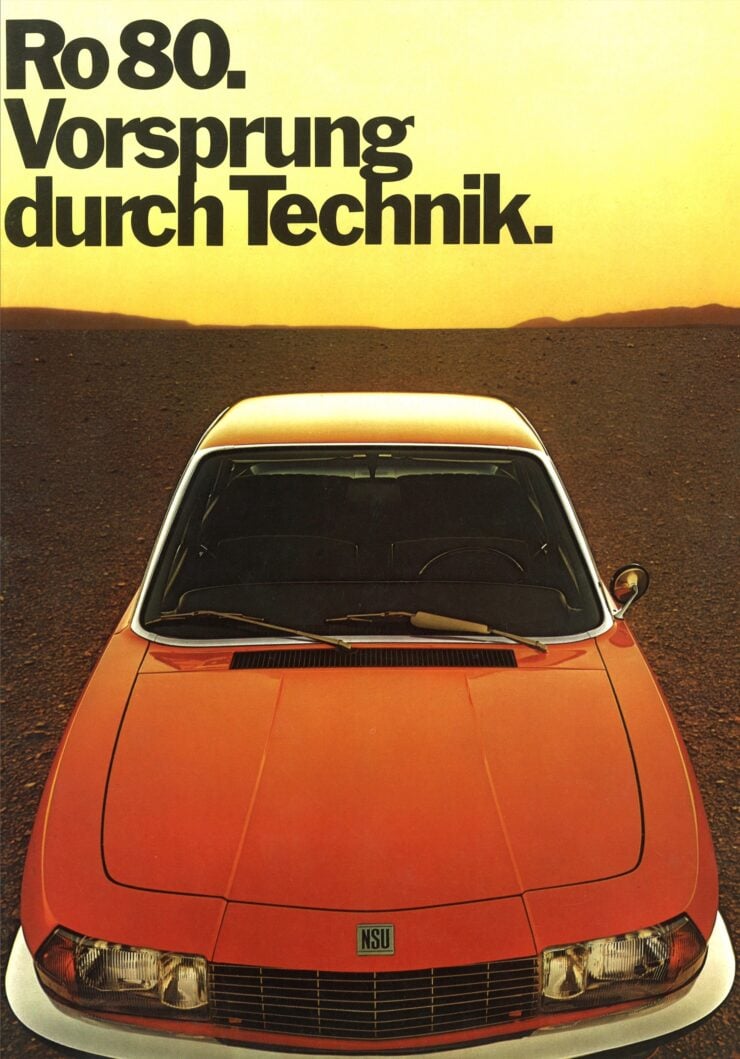

The car had independent suspension at all four corners, disc brakes on all four wheels with the front discs mounted inboard, and rack-and-pinion steering – resulting in a car that was modern, comfortable, and unusually refined for the era when compared to its contemporaries – many of which still used drum brakes and live rear axles on leaf springs.
Early road tests praised the Ro 80’s ride quality, stability and crisp steering. The rotary engine’s lack of vibration gave the Ro 80 a distinctively smooth feel even at highway speeds, and the cabin layout further reinforced the company’s clear push toward modernity, and perhaps even luxury.
Large glass areas, thin pillars, and a high-mounted dashboard gave the interior an airy, progressive feel. Contemporary journalists broadly considered it one of the most advanced sedans in Europe.
The Infamous Apex Seal Issues
All of that said, the Ro 80’s promise came with a costly flaw. The early twin-rotor engines suffered significant apex-seal wear issues, leading to loss of compression, poor starting and early engine failures. NSU replaced engines under warranty at a high rate – some cars received multiple units within their first few years of service – and the financial strain hit the relatively small company hard.
Engineering improvements eventually stabilised the design, but by then NSU’s reputation had taken a blow it couldn’t absorb. The company was acquired by Volkswagen in 1969 and merged into the Audi-NSU organisation, marking what would be the beginning of the end for NSU as an independent automaker.


The End Of Production
Despite the mechanical issues, the Ro 80 remained in production through 1977 with relatively few outward changes. The company continuously refined the engine, seals, ignition and lubrication system, and reliability improved notably in later cars.
The styling held up well over the decade, partly because it had started so far ahead of period norms. It influenced later Audi sedans, including the 100 and the early 200/5000 lineage, which adopted similar aerodynamics-first design language and Luthe’s clean surfacing. In some respects, the Ro 80 previewed the trajectory of German executive-car design for the next twenty years.
The 1974 NSU Ro 80 Shown Here
The car you see here is a 1974 NSU Ro 80, as it’s from later in the production run it benefits from a slew of important fixes and design updates which improved reliability.
It’s been given a comprehensive mechanical restoration by its owner, and the listing notes that everything functions correctly, and that the car was given a full respray in its original blue color.
This NSU Ro 80 was first registered for the road in the UK in 1974 and its current owner (and now seller) is an engineer with a passion for unusual and interesting historic vehicles.
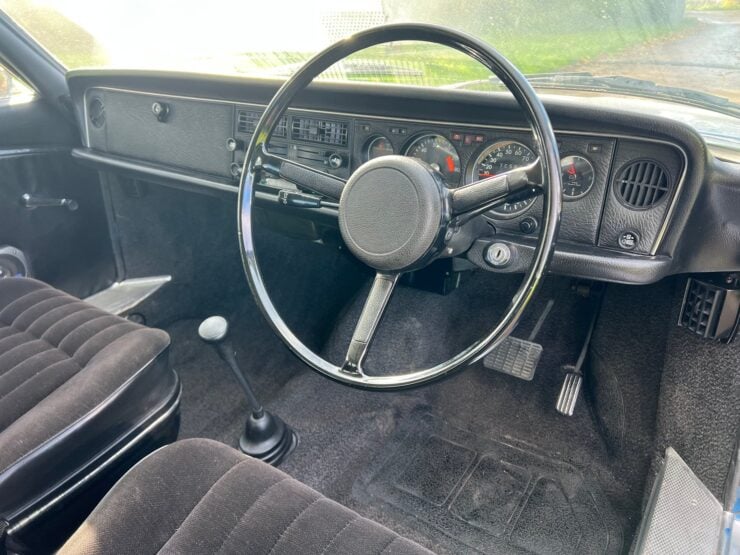

It presents in remarkably good condition outside, inside, and underneath – in fact I would go so far as to say that this looks to be the best condition Ro 80 we’ve seen come up for sale in the last 10 years or more.
It’s now being offered for sale out of Hampshire in the United Kingdom on Car & Classic and you can visit the listing here if you’d like to read more about it or register to bid.
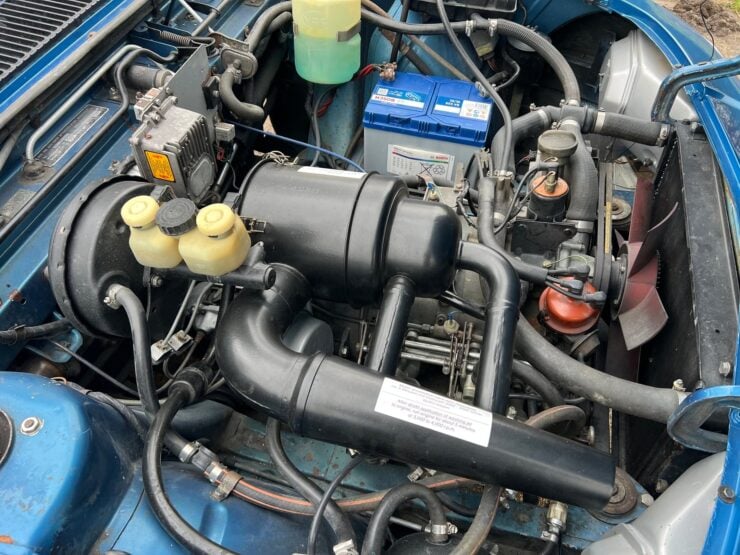
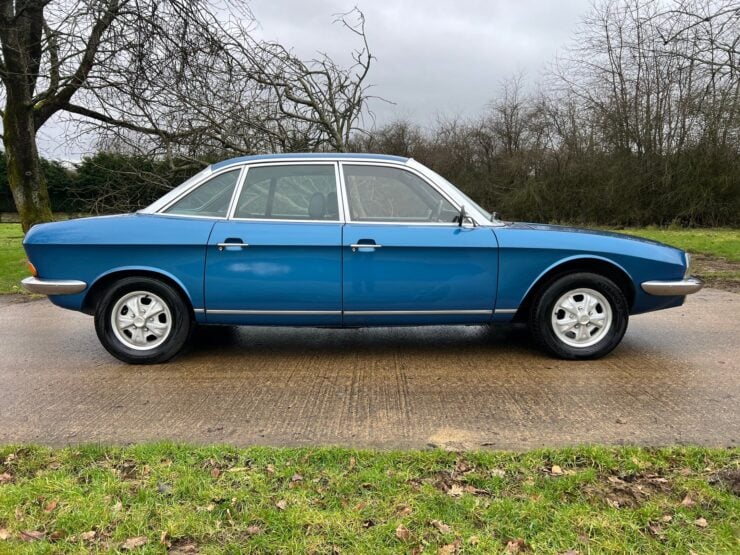
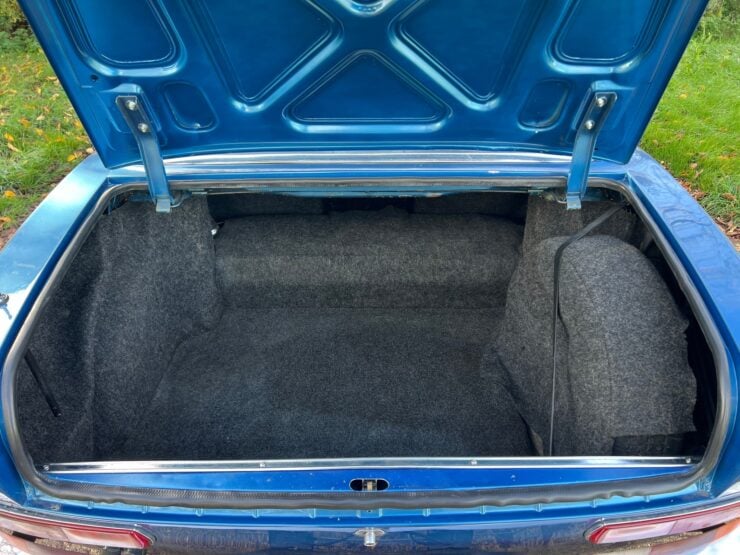
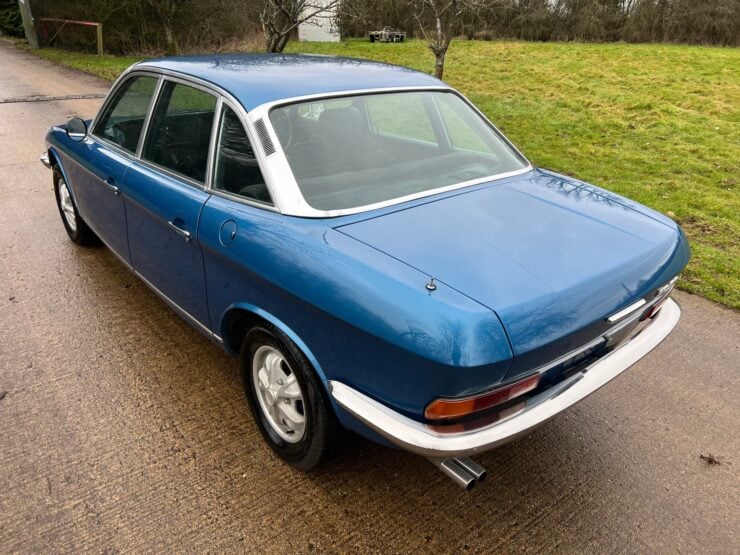
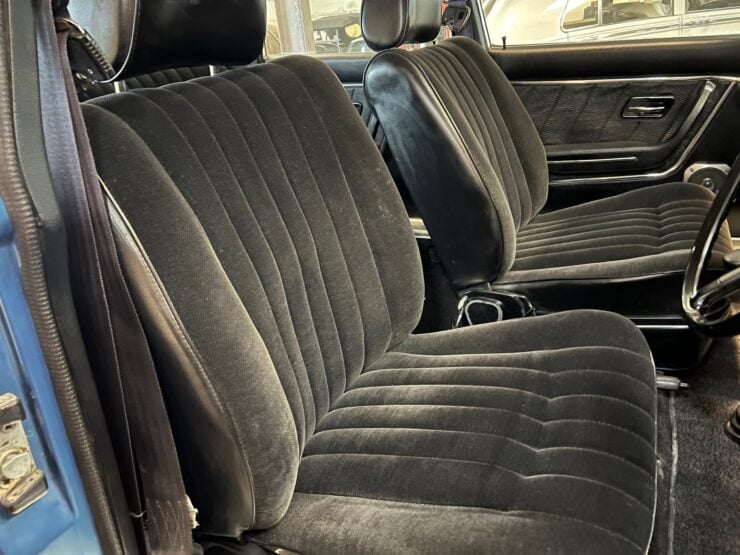
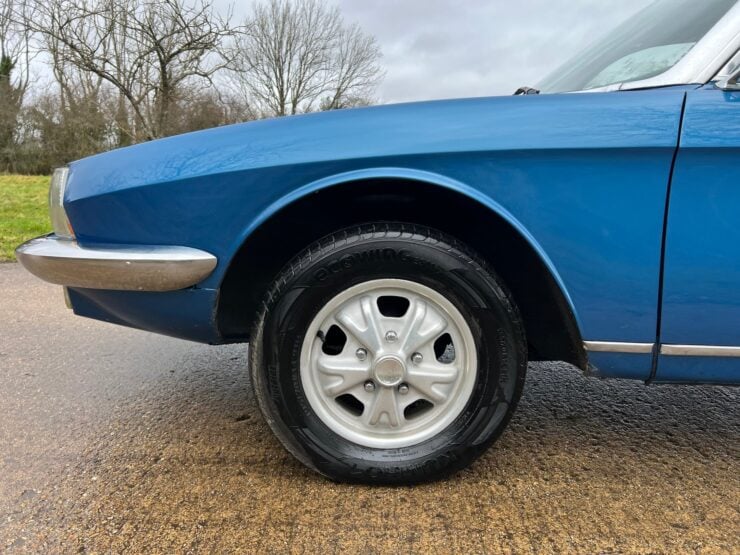
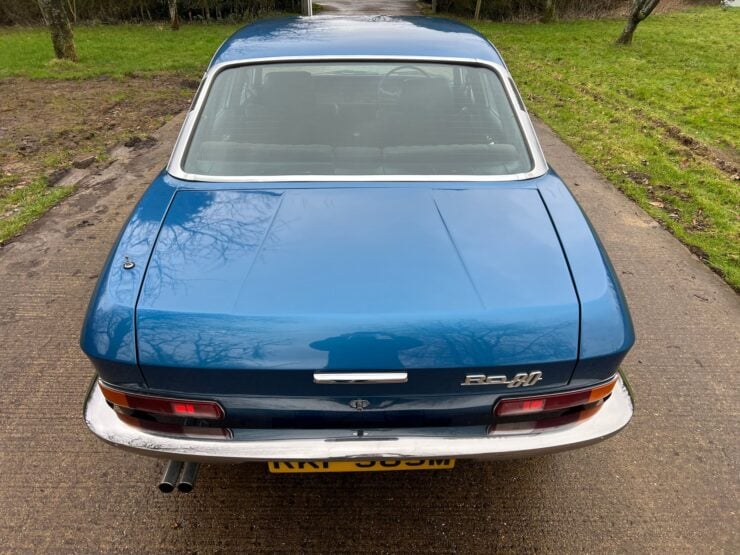

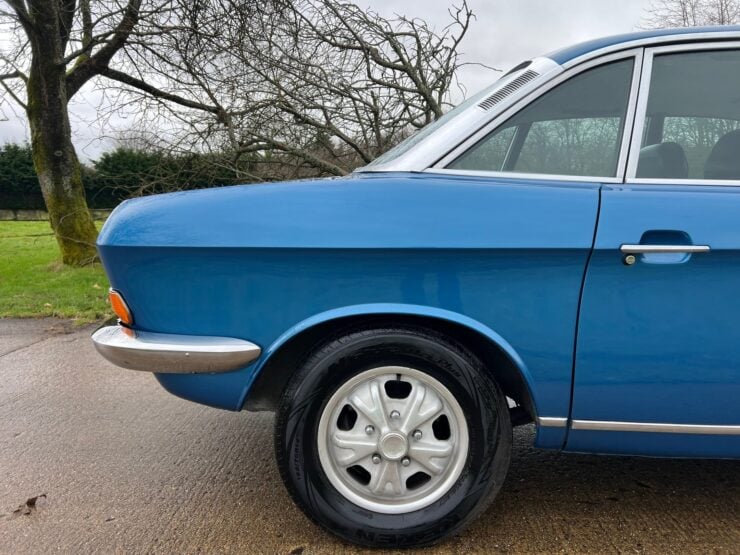
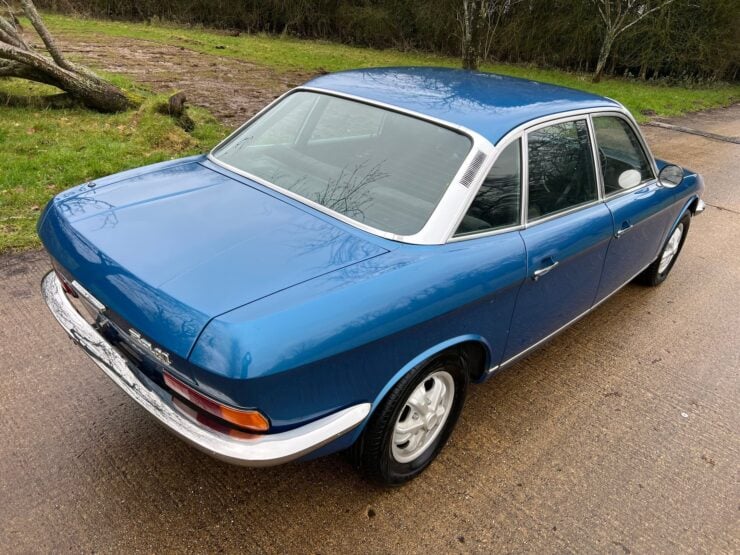
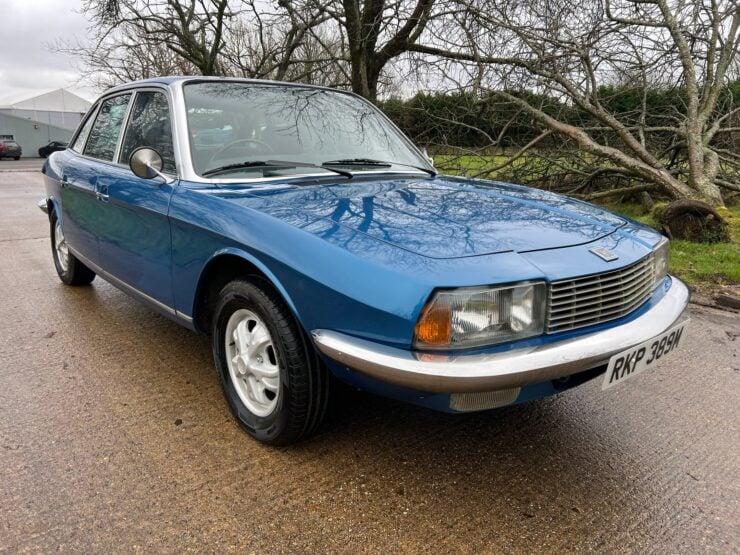

Images courtesy of Car & Classic



